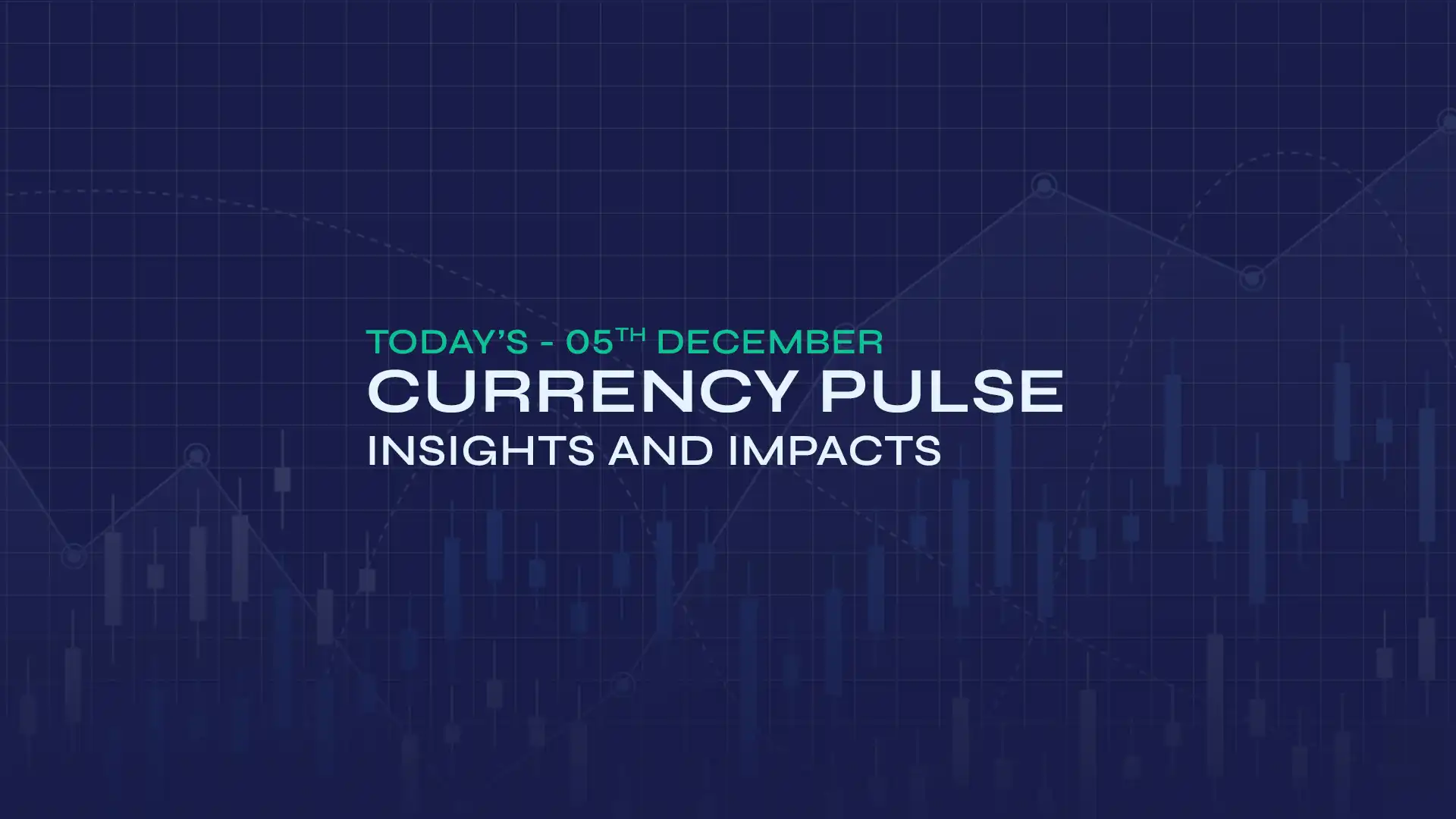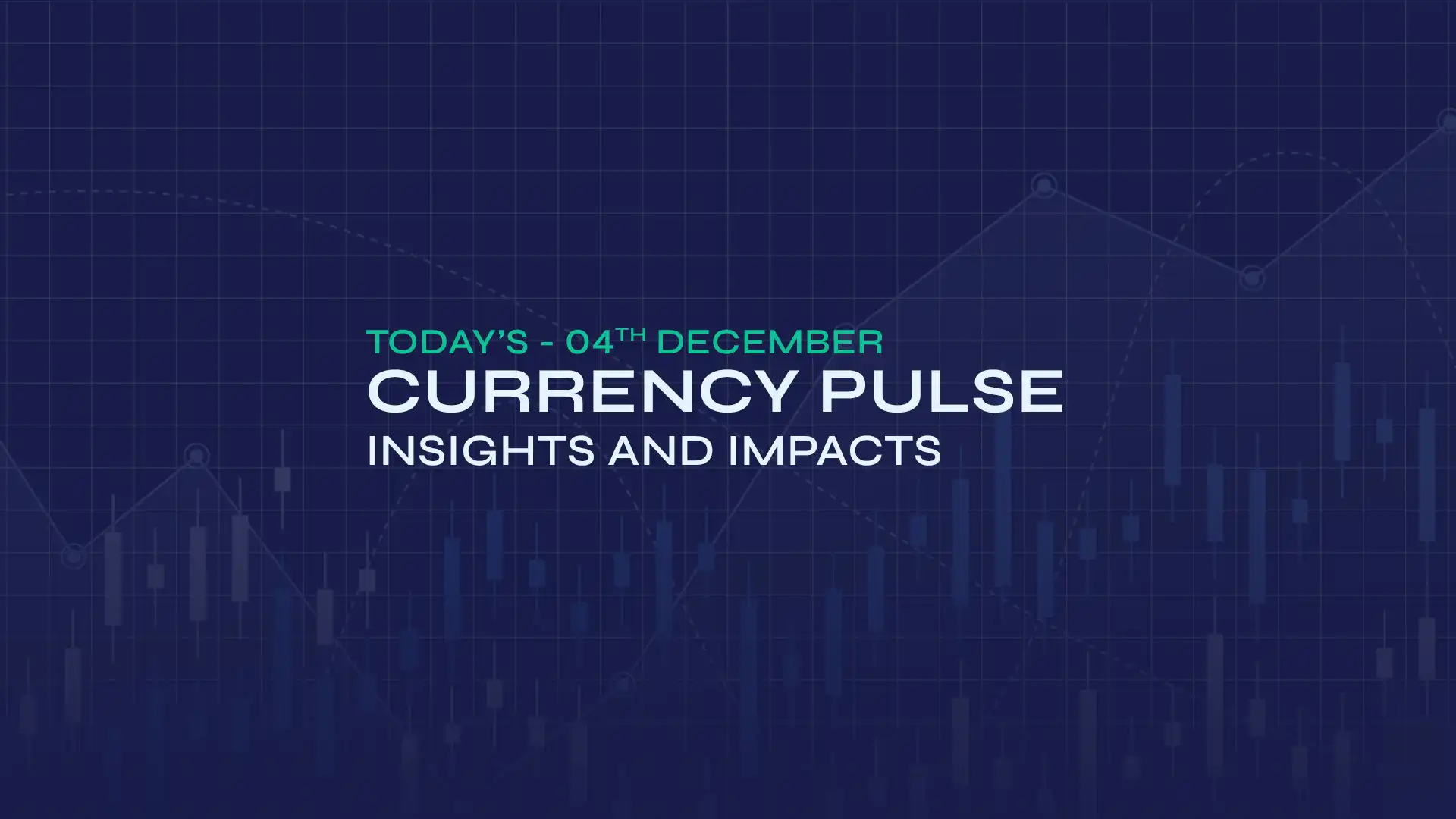GBP/USD fluctuates near 1.3365 as the US Dollar remains subdued ahead of the US Federal Reserve (Fed) interest rate decision. The market anticipates the central bank to leave its benchmark interest rate unchanged at 4.25% to 4.50% in July. Furthermore, Trump and his administration have continued to pressure Fed Chair Jerome Powell, raising concerns about the central bank's traditional independence and susceptibility to political influence. Trump has been especially critical of Powell, prompting speculation in Washington and on Wall Street that he might try to remove the Fed Chair. However, for now, Trump seems to have distanced himself from that idea. On the data front, US consumer sentiment gained momentum in July, with the Conference Board's Consumer Confidence Index rising to 97.2 from a revised 95.2, marking a continuation of the previous recovery. Consumer confidence improved in July as perceptions of current business and labour market conditions changed. The Present Situation Index fell by 1.5 points to 131.5. Meanwhile, the Expectations Index, which gauges short-term outlooks for income, economic activity, and employment, increased by 4.5 points to 74.4, remaining below the 80-point threshold often linked to recession concerns.
The US Bureau of Labour Statistics (BLS) reported 7.43 million job openings on the last day of June in the Job Openings and Labour Turnover Survey (JOLTS) on Tuesday. This figure follows the revised 7.71 million openings (down from 7.76 million) recorded in May and was below the market expectation of 7.55 million. Quarterly US GDP growth was just -0.5% in Q1, disappointing markets, which now hope for a strong rebound to 2.4% annualised in Q2. US PCE inflation data, due Thursday, is expected to rise slightly, with analysts forecasting a 0.3% MoM increase in June, up from 0.2% the previous month. Rising inflation pressures are unwelcome for investors, as they could undermine expectations of rate cuts.
Meanwhile, the pound remains pressured by market speculation that the Bank of England (BoE) is likely to cut interest rates at next week's policy meeting. The latest survey from the Confederation of British Industry (CBI) on Monday indicated that household spending has decreased due to a slowdown in labour demand. The report also showed that retail sales fell for the tenth consecutive month in July, though at a slower rate than in June. Additionally, the BoE is expected to slow its quantitative tightening, reducing its 558 billion-pound ($754 billion) holdings of government bonds. Economists are hopeful that next week's meeting will clarify the bank's long-term strategy for managing its bond stockpile.
In the absence of British economic data, the Federal Reserve's (Fed) latest interest rate decision, Q2 Personal Consumption Expenditures (PCE) inflation report, and July's Nonfarm Payrolls are awaited for further insights on the GBP/USD exchange rate.
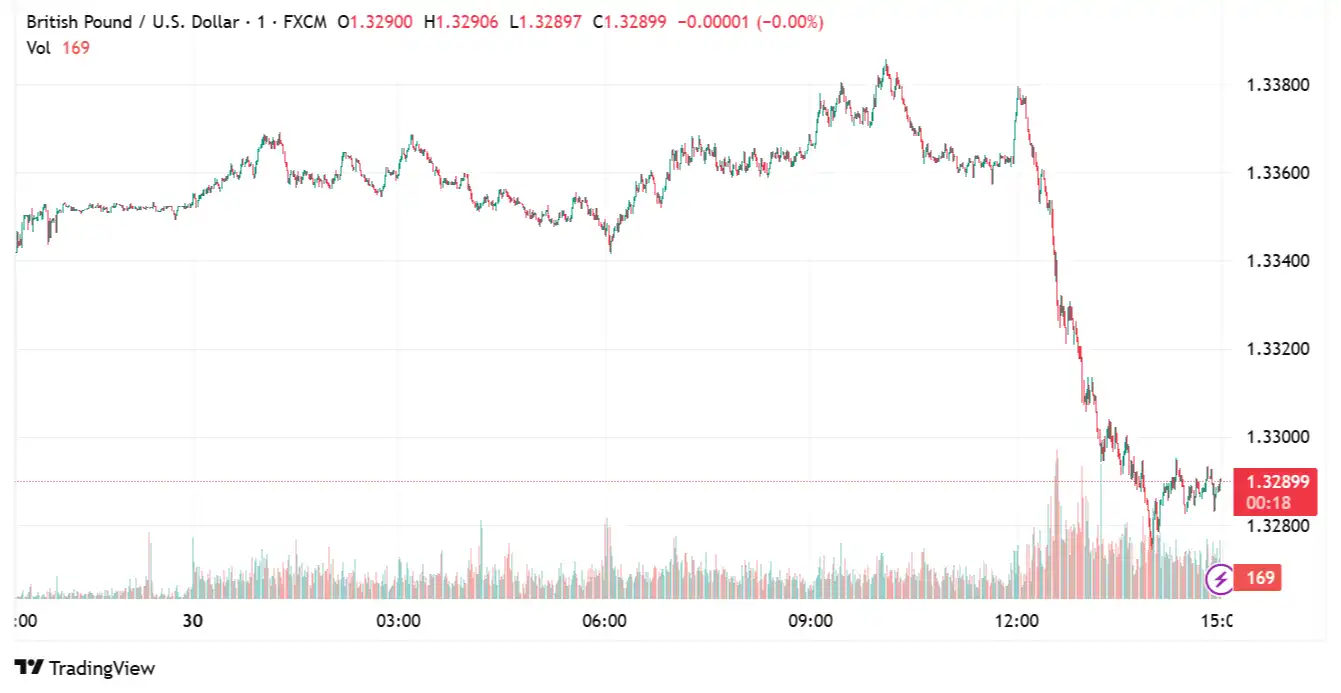
AUD/JPY Subdued by Softer Australian CPI Inflation Data
AUD/JPY sank to near 96.26, as softer-than-expected Australian inflation data dampens the Australian Dollar. Australia's Consumer Price Index (CPI) increased by 0.7% QoQ in the second quarter (Q2) of 2025, compared to a 0.9% rise in the first quarter, according to the latest data published by the Australian Bureau of Statistics (ABS) on Wednesday. The market consensus forecast was for a growth of 0.8% during the period. Year-on-year, Australia's CPI inflation slowed to 2.1% in Q2 from 2.4% previously and was below the market forecast of 2.2%. The RBA Trimmed Mean CPI for Q2 rose by 0.6% quarterly and 2.7% annually. Markets had estimated an increase of 0.7% QoQ and 2.7% YoY for the quarter ending in June. The monthly Consumer Price Index increased by 1.9% YoY in June, down from the previous reading of a 2.1% rise. On the global stage, US Treasury Secretary Scott Bessent stated that the US and China will continue negotiations to uphold the tariff truce ahead of the upcoming two-week deadline. Trump will ultimately decide whether to extend the agreement. Bessent minimised the chances of Trump rejecting the extension. It is also important to recognise that shifts in China's economy could influence the AUD, given the close trade relationship between China and Australia. China's top trade negotiator Li Chenggang stated that both sides will "continue pushing for an extension of the pause on reciprocal tariffs and Chinese countermeasures," indicating an intent to prevent escalation. Meanwhile, US Treasury Secretary Scott Bessent warned that if President Donald Trump does not approve the extension, tariffs on Chinese goods could "revert back to April 2nd levels or another level he chooses."
China's Finance Minister Lan Fo'an stated on Tuesday that the country will increase fiscal support to boost domestic consumption and counter increasing economic challenges. Lan Fo'an highlighted that uncertainty surrounding China's development environment is intensifying, and Beijing will implement more proactive fiscal policies to help stabilise growth. The latest minutes from the Reserve Bank of Australia (RBA) suggest that the board agreed that further rate cuts are appropriate over time, with a focus on the timing and extent of easing. Most members thought it was best to wait for confirmation of an inflation slowdown before easing, and felt that cutting rates three times in four meetings would not be "cautious and gradual."
Cautious market sentiment ahead of Thursday's Bank of Japan (BoJ) policy update continues to support the Japanese Yen. However, recent trade optimism, driven by the US agreements with Japan and the European Union (EU), might pose a challenge for the JPY. Recent consumer inflation in Tokyo, Japan's capital, fell more than expected in July. Additionally, Japan's ruling coalition, the Liberal Democratic Party (LDP) and its junior partner Komeito, lost in the upper house elections earlier this month, creating uncertainty that could further hinder the Bank of Japan's plans to normalise policy.
Upcoming events, including Australia's Q2 Consumer Price Index (CPI), the Bank of Japan's (BoJ) interest rate decision, the BoJ's quarterly outlook report, and Governor Kazuo Ueda's news conference, will shape market sentiment around the AUD/JPY exchange rate.
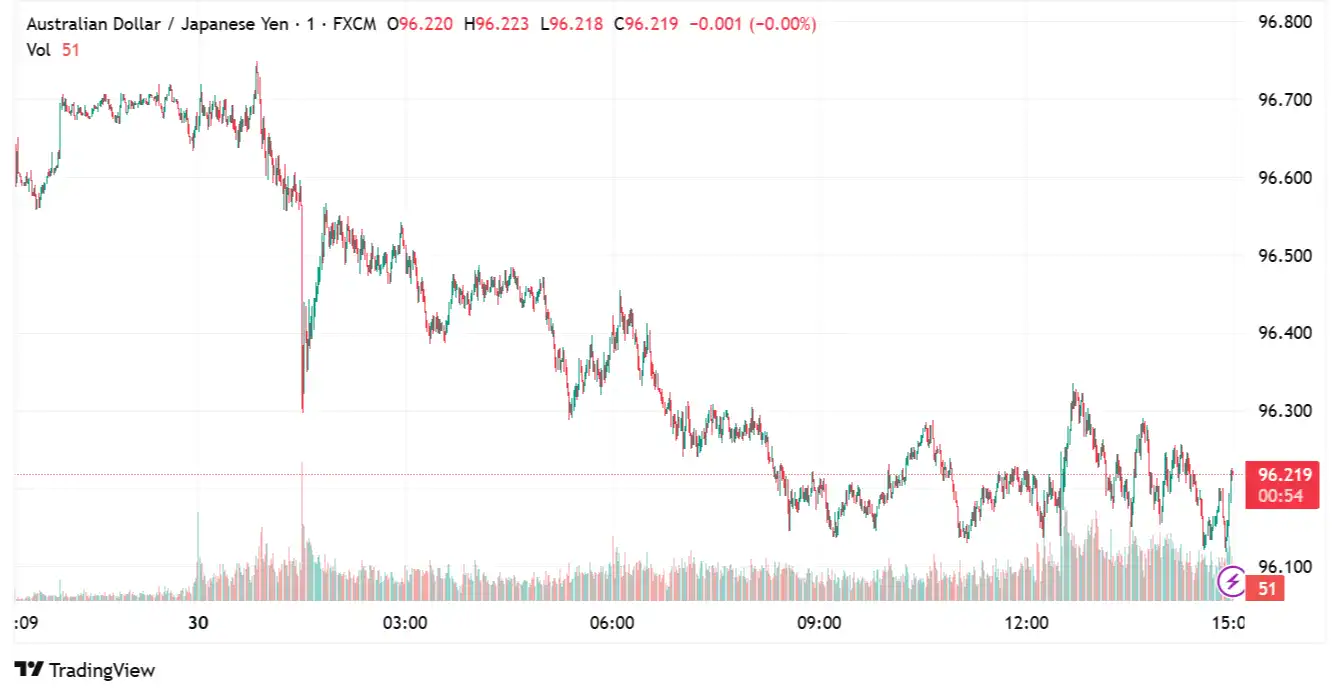
NZD/USD Wobbles Ahead of Fed Rate Decision
NZD/USD traded near 0.5955, as uncertainty surrounding the United States (US) and China tariff truce continues to undermine the China-proxy Kiwi. Top officials from both countries concluded a two-day meeting in Stockholm, where they agreed to keep the current tariff pause and maintain communication ahead of the August 12 deadline. Although no breakthrough deal was announced, the constructive tone helped reduce fears of renewed trade tensions, providing a modest boost to wider market confidence. However, traders remain cautious as any final extension still requires approval from US President Donald Trump, keeping uncertainty in place. US Treasury Secretary Scott Bessent stated that the US and China will continue talks on maintaining a tariff truce before the deadline in two weeks, and Trump will make the final decision on any extension. Bessent downplayed any expectation of Trump rejecting the extension. China's Finance Minister Lan Fo'an said on Tuesday that the country will increase fiscal support to strengthen domestic consumption and counter mounting economic headwinds. He highlighted that uncertainty surrounding China's development environment is rising and that Beijing will adopt more proactive fiscal policies to help stabilise growth. On the domestic front, New Zealand's ANZ Business Confidence rose in July, increasing from 46.3 to 47.8. The Own Activity Outlook slightly declined from 40.9 to 40.6. The proportion of firms expecting to raise prices in the next three months fell to 43.5%, marking the lowest since December 2024. Inflation expectations also decreased from 2.71% to 2.68%.
On the greenback front, investors await the US Federal Reserve (Fed) interest rate decision, preliminary Q2 Gross Domestic Product (GDP) and Personal Consumption Expenditure Price Index (PCE), and the ADP Employment Change data for July, for fresh insights on the greenback. The data is expected to show that the economy grew at 2.4% after contracting by 0.5% in the first quarter of the year. Core PCE inflation, the Fed's preferred measure, is projected to have increased at a steadier 2.4%, down from 3.5% last quarter. Earlier, Fed Governor Adriana Kugler stated that the US should not lower interest rates "for some time" as tariffs from the Trump era are beginning to influence consumer prices. She emphasised that restrictive monetary policy is vital to maintain inflation expectations. San Francisco Fed President Mary Daly considers two rate cuts this year a "reasonable" forecast, but cautions against delaying too long. Meanwhile, Fed Governor Christopher Waller supports lowering interest rates at the July meeting. The US Bureau of Labour Statistics reported 7.43 million job openings in June, down from 7.71 million and below the expected 7.55 million, signalling a labour market slowdown. Meanwhile, the Conference Board's Consumer Confidence Index rose to 97.2 in July from 95.2, boosting optimism and potentially increasing spending, which helped the US Dollar rally to its highest since June 23.
Broader market sentiment surrounding the Federal Reserve's (Fed) monetary policy announcement and Fed Chair Jerome Powell's press conference will influence the NZD/USD exchange rate.
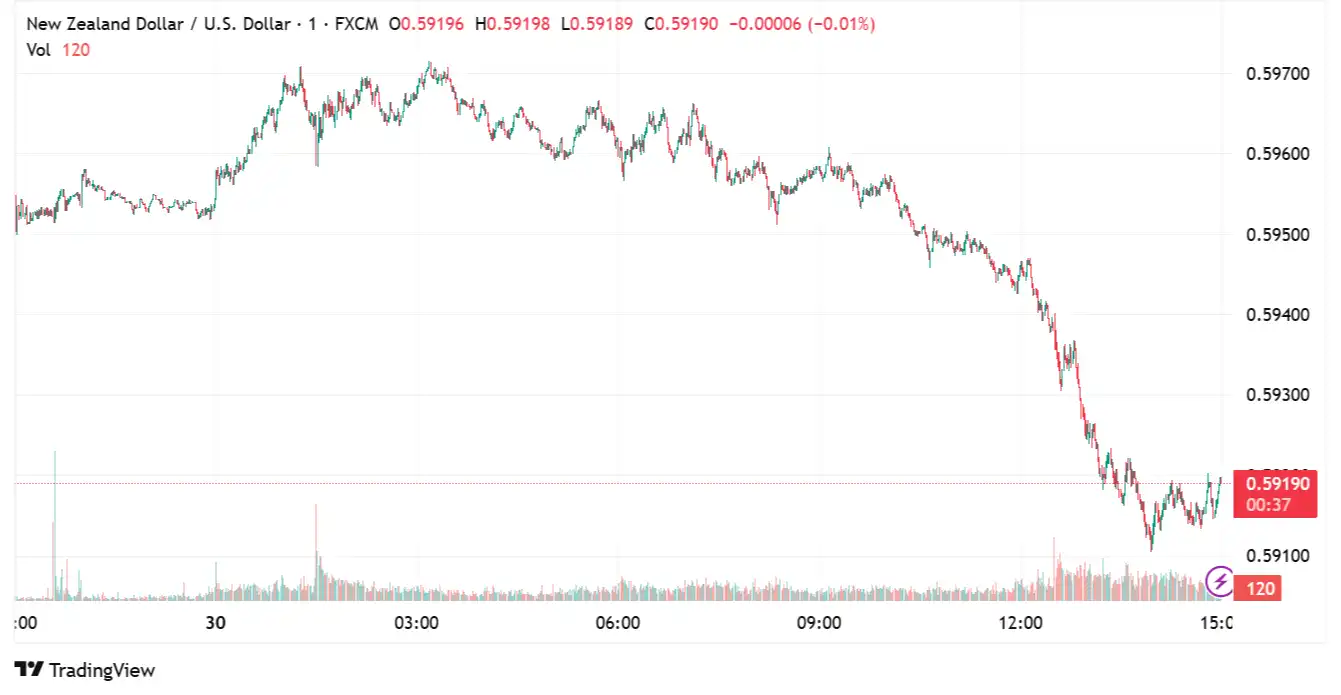
EUR/GBP Muted After German Retail Sales Data
EUR/GBP lost ground near 0.8649, following the release of mixed German economic data. In the second quarter of 2025, Germany's economy shrank by 0.1% after a 0.4% growth in Q1, based on provisional data from Destatis released on Wednesday. Market expectations were for a 0.1% decline during this period. The yearly GDP growth was 0.4% in Q2, up from no growth in Q1, surpassing the forecast of 0.2%. Additionally, German Retail Sales increased by 1.0% month-over-month (MoM) in June, following a revised 0.6% decline in May, as per official data from Destatis. The market predicted a 0.5% rise. Yearly, Retail Sales rose 4.9% in June compared to May's revised 2.6%. France's GDP accelerated to 0.3% in the second quarter against expectations of a steady 0.1% reading. France's consumer spending also exceeded expectations in June, rising 0.6% against the 0.1% decline anticipated by the market consensus. The Eurozone economy expanded by 0.1% in the three months to June 2025, following a 0.6% rise in the previous quarter.
Sunday's announcement of a broad trade framework between US President Donald Trump and European Commission President Ursula von der Leyen puts downward pressure on the shared currency. The deal involves the US imposing a flat 15% tariff on many EU exports, such as automobiles, machinery, and consumer goods, a significant increase from the average 1.2% tariff rate in 2024. In return, the EU has committed to buying $750 billion worth of US liquefied natural gas (LNG) over the next three years and investing $600 billion in key American sectors, including energy, defence, and manufacturing. The entire $600 billion will be funded privately. European Commission Commerce Commissioner Maroš Šefčovič and other EC officials told Politico that the EU will not contribute to the $600 billion; instead, private companies will provide the funds.
On the sterling front, easing labour conditions and persistent inflation in the UK could lead the Bank of England (BoE) to cut interest rates at its August meeting. There is also anticipation that the BoE will reduce its quantitative tightening, which involves shrinking its 558 billion-pound ($754 billion) government bond holdings. Economists are hopeful that next week will provide more clarity on the bank's long-term plans for this bond stockpile. On Monday, US President Donald Trump and UK Prime Minister Keir Starmer met at Trump's Turnberry estate in Scotland to discuss the bilateral trade relationship. News reports that they focused on unresolved issues such as tariffs on steel, aluminium, pharmaceuticals, and Scotch whisky. Trump indicated he might reduce tariffs on UK pharmaceutical exports, while Starmer pushed for further cuts, especially on steel. Trump showed willingness to relax restrictions in some areas, describing the current deal as "a great deal for both sides", but acknowledged that important "sticking points" still exist, particularly regarding industrial goods.
Investors will monitor Gross Domestic Product (GDP) for the second quarter (Q2) from Germany and the Eurozone, along with US-UK trade deal developments, for fresh impetus on the EUR/GBP exchange rate.
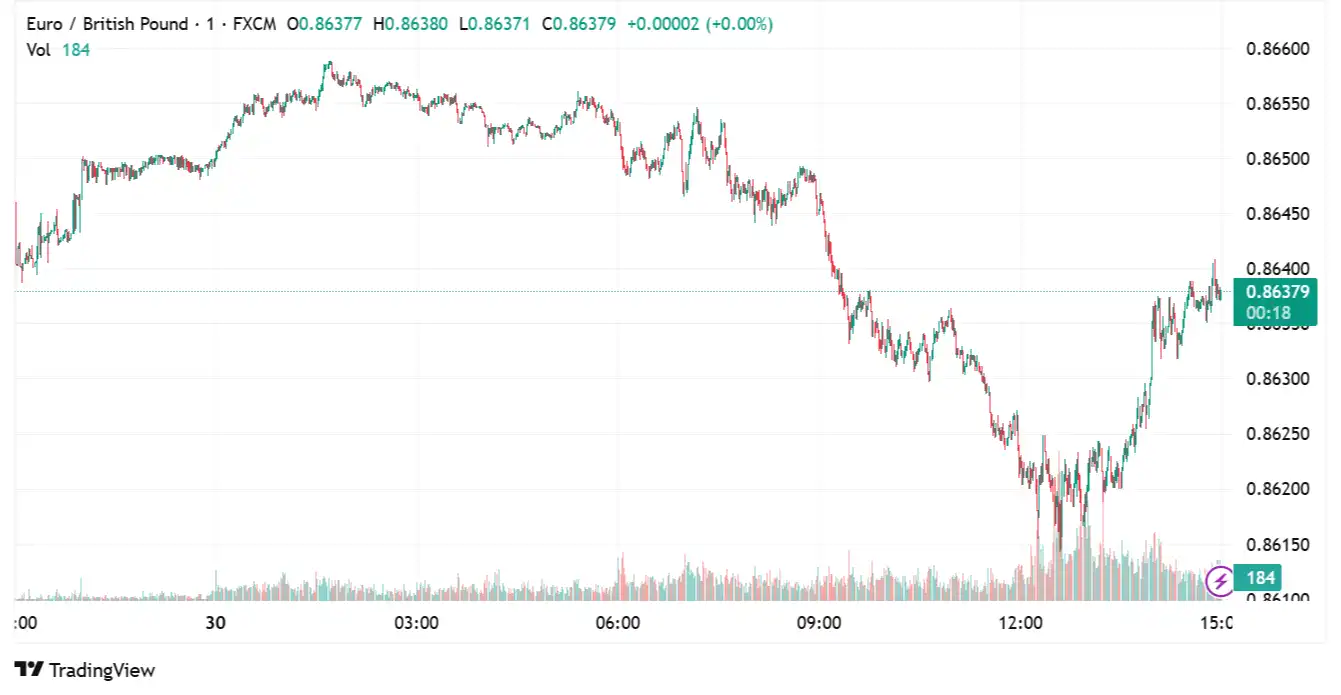
Important Disclaimer: This blog is for informational purposes only and should not be considered financial advice. Currency Solutions does not take into account the investment objectives, financial situation, or specific needs of any individual readers. We do not endorse or recommend any specific financial strategies, products, or services mentioned in this content. All information is provided “as is” without any representations or warranties, express or implied, regarding its accuracy, completeness, or timeliness.



